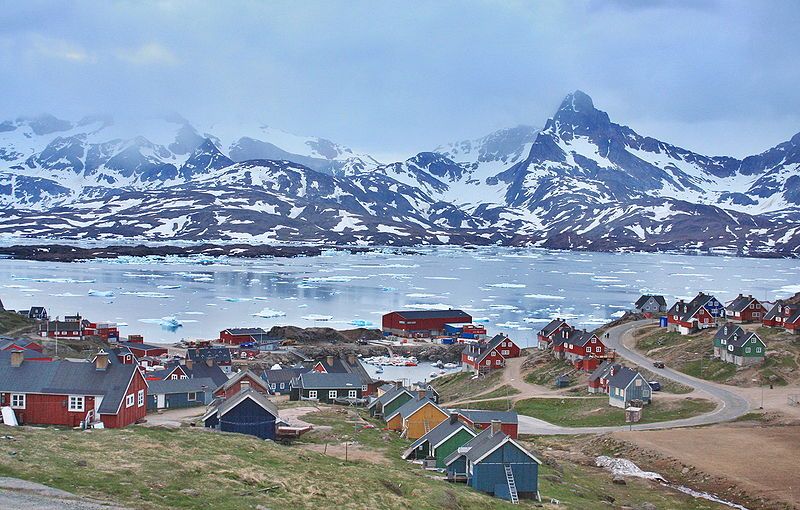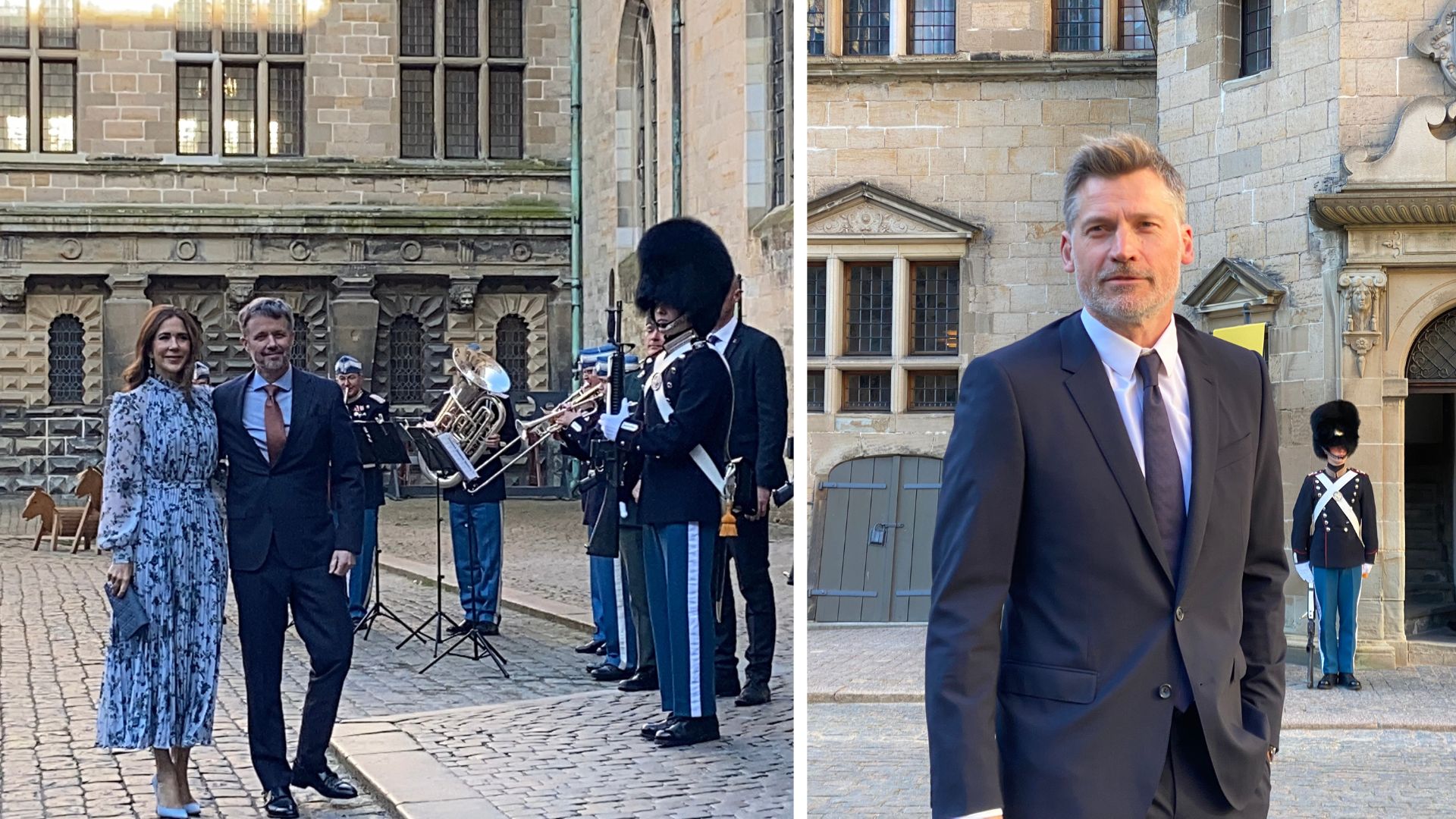An ocean full of secrets under the ice of Antarctica is going to be unveiled by Danish researchers using an underwater drone, Videnskab magazine reports.
So far, only a limited number of specially-trained divers have been able to explore the world under Antarctica’s ice cap.
Now, a team of researchers from Aarhus University will use a 2.5 metre-long unmanned underwater vehicle to do the hard work for them.
Re-modelled to explore icebergs
“The drone was actually developed to study seabeds and to identify different types of sediment, but our Australian colleagues have rebuilt it,” explained Lars Christen Lund Hansen, who is part of the team and an associate professor at Aarhus University.
“Now it can look upwards towards the bottom of the ice cap and measure the light coming through the ice with a radiometer.”
Danish scientists will camp on Antarctica and use the underwater drone to explore ice algae growing on the bottom of the two-metre thick ice cap.
A radiometer will measure how much light is absorbed by the ice and inform the scientists about the algae’s form, quantity and location.
Essential part of food chain
»Ice algae represents 15-20 percent of the primary production in the Antarctic seas,” said Brian Sorrell, who is also part of the research team.
“They are particularly important because they use the dim light in the spring when there are no other primary producers to produce food and energy for the rest of the food chain.”
Ice algae is an essential part of the food chain because, after a long and cold winter, it feeds krill, which is the main diet of many large animals, including whales, seals, penguins and fish.
Obtaining more knowledge about ice algae’s reproduction can be crucial for the Antarctic ecosystem.













